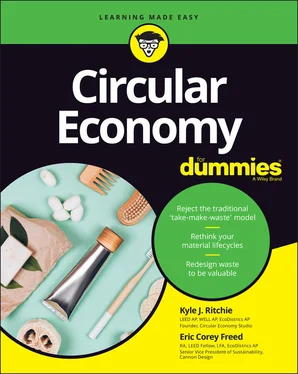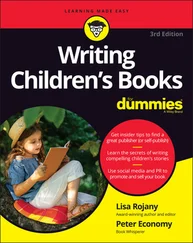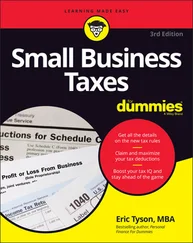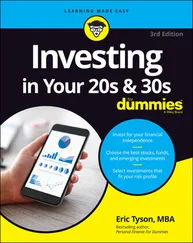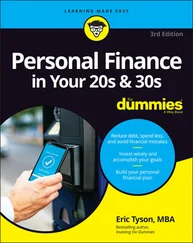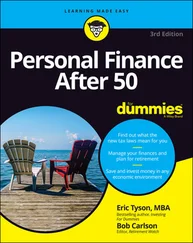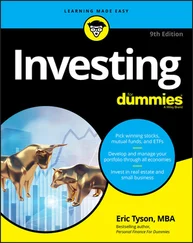10 Part 6: The Part of Tens Chapter 22: Ten Questions to Ask About Your Material Lifecycle Where Did This Material Come From? What Are the By-Products of Harvesting This Material? What Are the By-Products of Manufacturing This Material? How Is the Material Delivered? How Is the Material Installed? How Is the Material Maintained, Powered, or Operated? How Healthy Are the Materials? What Can We Do with These Materials After We’re Done with Them? What Can Be Done to Extend, Prolong, or Maintain the Material? What Can We Do to Encourage the Reuse, Refurbishment, Redistribution, or Remanufacture of the Material? Chapter 23: Ten Questions to Foster Innovative Thinking How Can We Make This Product Redundant? How Can We Rethink How This Product Is Used? How Can We Reduce the Resources or Materials Used? In What Ways Can This Product Be Reused by Another Consumer? In What Ways Can This Product Be More Easily Maintained and Repaired? In What Ways Can This Product Be Restored or Kept Up-to-Date? How Can Discarded Parts Be Remade into a New Version of the Same Product? How Can Discarded Parts Be Remade Into a New Product? In What Ways Can We Recycle These Materials into Quality Products? How Can We Dispose of This Material in a Manner That Recovers Energy? Chapter 24: Ten Questions to Ask about Your Supply Chain What Drives Your Product Design? What Are Your Users' Needs? Will Your Customers Access or Will They Own Your Product? Who Are Your Partners? What Materials Are Required? How Will You Produce Your Product? How Will Users Receive Your Product? How Will You Support the Repair and Maintenance of Your Product? What Refurbishment Options Will You Offer for Your Product? How Will You Reclaim Your Product at Its End of Life? Chapter 25: Ten Questions That Reveal How Much Your Waste Is Costing You What Labor Costs Are Tied to Waste Disposal? What Is the Real Cost of Waste Disposal? What Is the Impact on Human Health? How Does Waste Impact Ecosystem Services? What Is the Innate Value of Waste? How Much Raw Material Is Required to Offset Waste? What Are the Indirect Costs of Waste? How Much Does Poor Efficiency Cost? What Natural Resources Are Required for Waste? What Waste Remediation Will Be Required?
11 Index
12 About the Authors
13 Advertisement Page
14 Connect with Dummies
15 End User License Agreement
1 Chapter 2 TABLE 2-1 Prescription for the Future TABLE 2-2: Comparing Circular and Linear Economies
2 Chapter 13TABLE 13-1: Plastic Types and Applications
3 Chapter 16TABLE 16-1 Design Goals for a Circular EconomyTABLE 16-2 Circular Design First Principles
1 Chapter 2FIGURE 2-1: The typical approach to making clothing is the linear model.FIGURE 2-2: Having one fewer child, which saves 65 tons of carbon emissions per...FIGURE 2-3: If you compare population growth to carbon emissions, you see a dir...
2 Chapter 4FIGURE 4-1: Determining external costs.FIGURE 4-2: Strengths, weaknesses, opportunities, and threats.
3 Chapter 5FIGURE 5-1: The ReSOLVE circular framework, highlighting the circular economy's...
4 Chapter 6FIGURE 6-1: A product has two prices: the retail price you pay and the hidden p...
5 Chapter 7FIGURE 7-1: Companies spend a lot of money on R&D.FIGURE 7-2: The five steps to crafting a circular business model.FIGURE 7-3: Telling your brand's story.FIGURE 7-4: Making a list and checking it twice.
6 Chapter 10FIGURE 10-1: The Ellen MacArthur Foundation’s Butterfly Diagram.
7 Chapter 11FIGURE 11-1: The Ellen MacArthur Foundation Butterfly Diagram of the circular e...
8 Chapter 12FIGURE 12-1: Comparing a linear versus a circular approach to lifecycle.FIGURE 12-2: Example of how Trader Joe’s shows off its commitment to reduce pla...
9 Chapter 13FIGURE 13-1: Mismanaged plastic waste.FIGURE 13-2: Measuring global plastics production.FIGURE 13-3: Picturing materials waste.FIGURE 13-4: Tracking carbon emissions.
10 Chapter 14FIGURE 14-1: Transitioning from eco-efficiency to eco-effectiveness to create a...FIGURE 14-2: Exploring the relationship between regionality and lifecycle manag...FIGURE 14-3: Comparing local and non-local businesses.FIGURE 14-4: Delivery services can reduce overall vehicle miles.
11 Chapter 15FIGURE 15-1: World population growth since 1700.FIGURE 15-2: The permaculture design principles.FIGURE 15-3: Permaculture management zones.
12 Chapter 16FIGURE 16-1: The linear economy compared to a circular economy — the difference...FIGURE 16-2: Total CO 2emissions by sector: The construction and operation of b...FIGURE 16-3: Not all the various layers of a building have the same expected us...FIGURE 16-4: Simple changes to how you detail your buildings will improve the c...
13 Chapter 17FIGURE 17-1: Carbon dioxide emissions, from 800,000 BCE to the present.FIGURE 17-2: Building types and materials affect carbon dioxide emissions.
14 Chapter 18FIGURE 18-1: Clothing sales are growing, but times worn is declining.FIGURE 18-2: The negative effects of today's clothing “system.”FIGURE 18-3: Future resource consumption in the fashion-and-textile industry.FIGURE 18-4: Transitioning the fashion industry from linear mode to circular.FIGURE 18-5: The major material types in the fashion industry.
15 Chapter 20FIGURE 20-1: A Dutch think tank's circular economy report highlights seven area...
16 Chapter 23FIGURE 23-1: Circularity and the 10 Rs.
1 Cover
2 Title Page
3 Copyright
4 Table of Contents
5 Begin Reading
6 Index
7 About the Authors
1 iii
2 iv
3 1
4 2
5 3
6 4
7 5
8 6
9 7
10 9
11 10
12 11
13 12
14 13
15 14
16 15
17 16
18 17
19 18
20 19
21 20
22 21
23 22
24 23
25 24
26 25
27 26
28 27
29 28
30 29
31 30
32 31
33 32
34 33
35 34
36 35
37 36
38 37
39 38
40 39
41 40
42 41
43 42
44 43
45 44
46 45
47 46
48 47
49 48
50 49
51 50
52 51
53 52
54 53
55 54
56 55
57 56
58 57
59 58
60 59
61 60
62 61
63 62
64 63
65 64
66 65
67 66
68 67
69 68
70 69
71 70
72 71
73 72
74 73
75 74
76 75
77 76
78 77
79 78
80 79
81 80
82 81
83 82
84 83
85 84
86 85
87 86
88 87
89 88
90 89
91 90
92 91
93 92
94 93
95 94
96 95
97 96
98 97
99 98
100 99
101 100
102 101
103 102
104 103
105 104
106 105
107 106
108 107
109 108
110 109
111 110
112 111
113 112
114 113
115 114
116 115
117 116
118 117
119 118
120 119
121 120
122 121
123 122
124 123
125 124
126 125
127 127
128 128
129 129
130 130
131 131
132 132
133 133
134 134
135 135
136 136
137 137
138 138
139 139
140 140
141 141
142 142
143 143
144 144
145 145
146 146
147 147
148 148
149 149
150 150
151 151
152 152
153 153
154 154
155 155
156 156
157 157
158 158
159 159
160 160
161 161
162 163
163 164
164 165
165 166
166 167
167 168
168 169
169 170
170 171
171 172
172 173
Читать дальше
